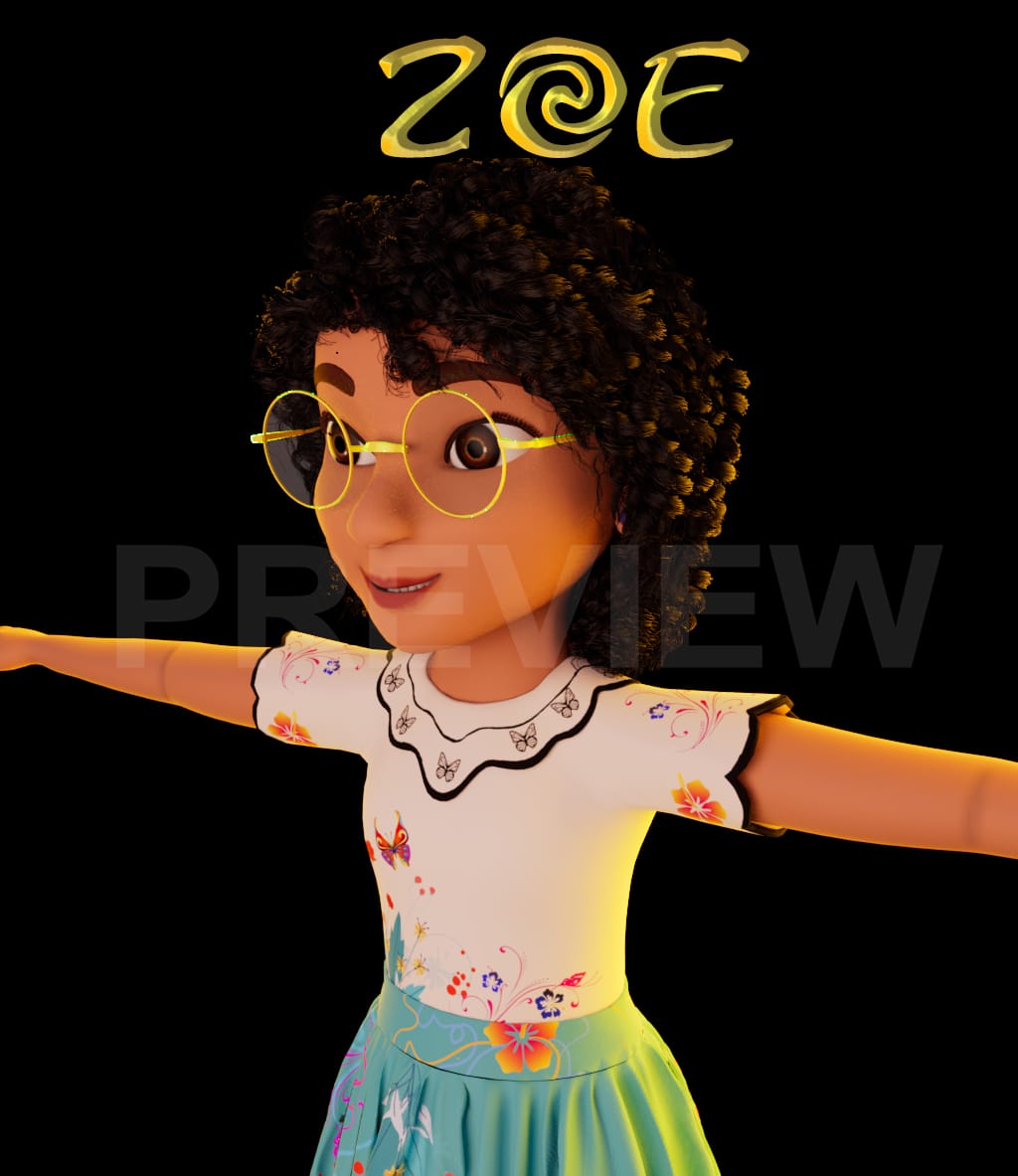While traditional two-dimensional animation boasts over a century perfecting illusion magic, computer generated 3D techniques keep vastly expanding creative possibilities. By digitally sculpting and manipulating virtual objects within simulated 360 degree environments, artists build fully explorable worlds instead of flat fixed frames. Whether crafting fantasies on par with blockbusters, designing video game life or visualizing architectural dreams, mastering 3D animation unlocks godlike developer powers. Yet technical complexities initially overwhelm many aspiring animators too impatient overlooking crucial foundations before attempting lavish scene rendering. By respecting core concepts and incremental skills building however, determined newcomers may also claim their rightful places showcasing imagination through virtual reality.
Best 3D Animation service provider
Understanding Key Concepts
CGI programs utilize certain key terminology differing from traditional animation vocabulary. Start by comprehending essential concepts like polygons, textures, rigging, lighting and rendering before expecting software mastery. Polygons form wireframe structures providing surfaces then covered with bitmap texture files adding visible details. Rigging means arranging digital joints within models so they bend fluidly posing during animation instead of moving rigidly. Virtual lighting tools mimic how illumination acts upon objects in real life. Rendering calculates finalized images and video based on everything built within 3D scenes. Other niche terms arrive studying specific programs but focus grasping these core computer animation ABCs first.
Mastering Modeling Fundamentals
While rudimentary 3D shapes readily display after just basic software installation, creating convincing forms resembling reality requires practiced technique. Resist rushing animation stages prematurely. Refine modeling abilities through both studying anatomical sculpting fundamentals beyond sphere and cube primitives and rigorously examining photo reference to reproduce fully fleshed subjects digitally. Whether creatures, inanimate objects, humanoid avatars or abstract alien architectures, dedicate meticulous care towards lifelike texture, weight and movement goals before advancing towards sequences and stories. Remember even big budget CGI spectacles rely on modelers dedicated fully to this specialized craft years before dazzling audiences through fantastic final rendering.
Level Design for Immersive Worlds
Before populating desert islands or enchanted fairy realms with elaborate rides and interactive elements reminiscent of theme parks, conceptualize settings following certain world building principles that make environments enjoyable to inhabit virtually. Analyze acclaimed games excelling immersion like Portal or Red Dead Redemption noting lighting, spatial design hierarchies and visual detail levels keeping players engaged. Determine emotional tones matching desired in-game experiences, whether comfortable and welcoming or unsettling twisted horror nights. Script out possible character journeys, obstacles and secrets hidden inside alternative routes. With environments intentionally designed following wise spatial planning, in-game cameras and assets get placed accordingly to sustain rather than distract from targeted gameplay experiences.
Simplifying Complex Scenes
Upon first booting animation platforms, urge often arises racing into creating spectacular scenes from sheer excitement over so many cool options now available cursor tips. But grand visions require reasonable scope matching current skill levels. Focus establishing strong simple foundations before attempting intricately choreographed fight sequences or sprawling alien landscape vistas. Master walk cycles for single characters first before large crowd simulations. Develop effective lighting on basic geometric shapes prior endeavoring photo-real portraits. Fully build out portions viewable from single camera angle emphasizing details over rendering everything imaginable behind obstructed background objects wasting resources. Simplify and perfect small scale scene components gradually applicable improving future mega-projets ambitions without stalling beginners’ momentum needlessly on overly complex early attempts likely ending abandoned incomplete. Think MVP: minimum viable product. Then build upwards in iterative phases.
Patience Pays Off
Commit yourself continuing constructive learning daily over years consistently perfecting craft rather than expecting overnight excelling animation just downloading Cinema4D student versions. Challenge perceived weaknesses through studying specialized techniques targeting improved modeling proportions, smoother rig-driven gestures or unified rendered scene lighting. Seek feedback humbly from more advanced peers; technical know-how matters less than focused passion driving through frustrating plateaus. Share free models or character assets with upstart communities enabling their visions while preparing XYZ portfolio. Imagine now pre-visualizing mechanical designs, virtual tourism sites or fantasy realms, realize every meticulously developed skill and polished content piece created brings that vision’s manifestation closer to reality. Soon enough, release worlds through fluid frame-by-frame motion and interactivity that immerses audiences incredulously. Just take first step forward today. And the next.
